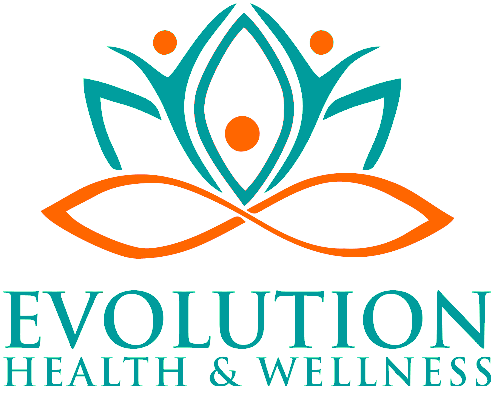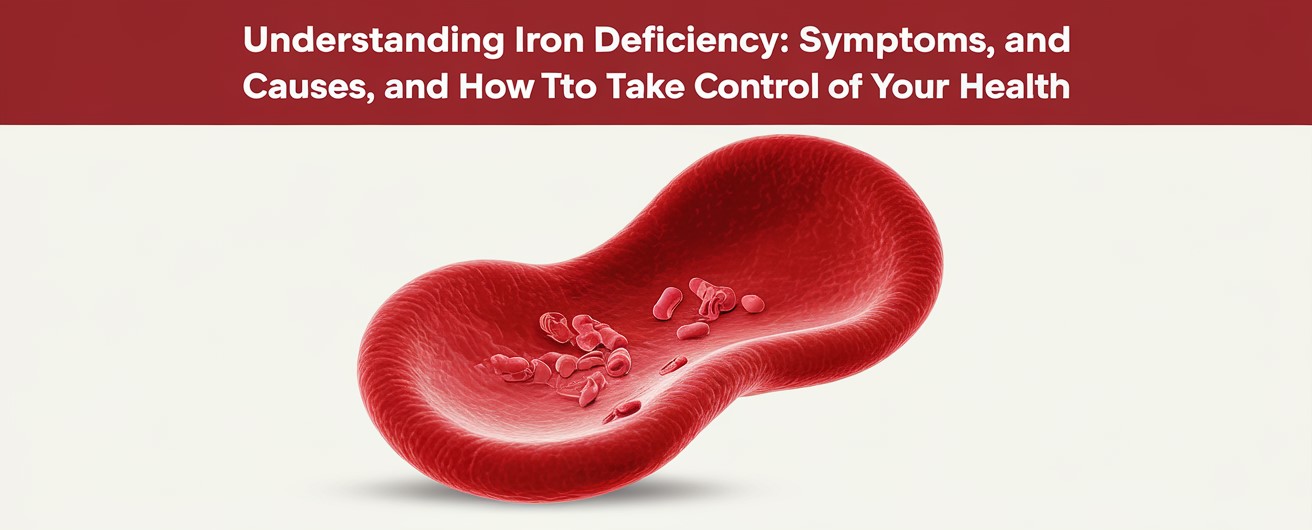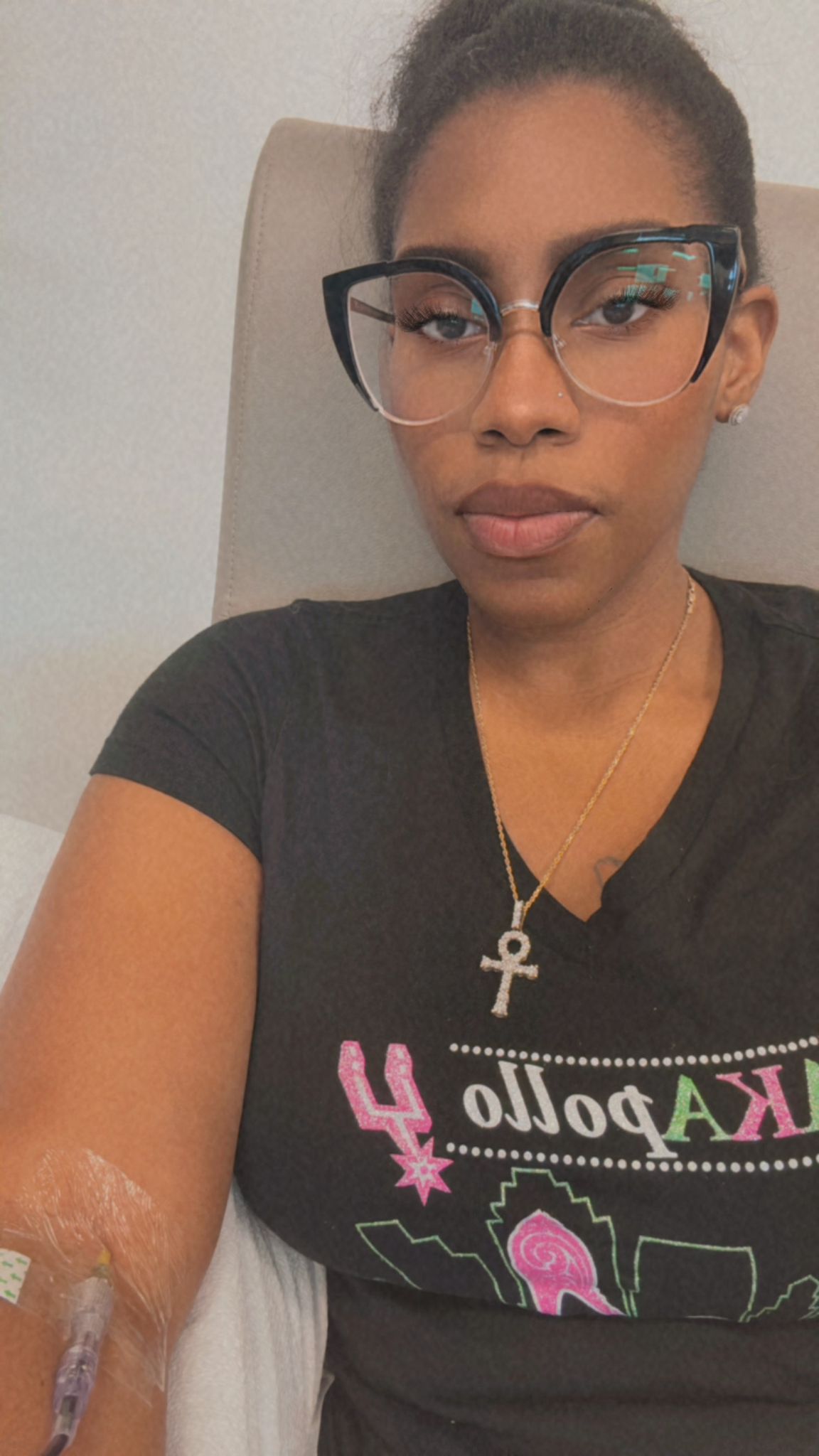Nutritional deficiencies are a widespread issue, affecting millions globally. When left untreated, insufficient iron levels can progress to anemia, leading to serious health complications. At Evolution Heal, we’ve supported countless clients in understanding and addressing low iron levels, including our founder, who recently shared her journey with anemia caused by iron deficiency. In this blog post, we’ll discuss the symptoms, causes, diagnosis, and treatment of low iron levels, offering personal insights on why prioritizing health is vital—especially for those who dedicate their time to caring for others. Recognizing the early signs of this condition can make all the difference.
What is Iron Deficiency?
Iron deficiency occurs when the body doesn’t have enough iron to produce hemoglobin—a protein in red blood cells that carries oxygen to all parts of the body. Consequently, this shortage can lead to iron deficiency anemia, a condition where blood doesn’t have enough red blood cells or hemoglobin. As a result, individuals may experience low energy, fatigue, and other health issues.
“Iron deficiency is a leading cause of anemia worldwide, affecting millions globally. The World Health Organization highlights that insufficient iron intake is the most common nutritional disorder, impacting populations in both developed and developing regions.”
Symptoms of Iron Deficiency
Iron deficiency symptoms can vary in intensity but commonly include the following:
Extreme fatigue: For example, persistent tiredness that even sleep can’t seem to cure.
Weakness: Furthermore, a constant feeling of being physically worn out is a key indicator.
Shortness of breath: Specifically, difficulty catching your breath, especially during physical activities, can signal a problem.
Dizziness or lightheadedness: Moreover, feeling faint or like the room is spinning is another common symptom.
Headaches: Additionally, persistent headaches that worsen with activity may occur.
Pale skin: In particular, a lack of color in the skin, especially around the face and eyelids, is noticeable.
Cold hands and feet: Finally, experiencing chill in the extremities even in warmer weather is a sign to consider.
These symptoms can often go unnoticed or be attributed to a busy lifestyle. However, persistent symptoms warrant a closer look.
Causes of Iron Deficiency
Iron deficiency can stem from various causes, some of which include:
Poor dietary intake: For instance, not consuming enough iron-rich foods like red meat, spinach, or legumes can lead to a deficiency.
Increased needs: Moreover, pregnancy or breastfeeding significantly increase the body’s demand for iron.
Blood loss: Additionally, menstruation, gastrointestinal bleeding, or injury can result in substantial iron loss.
Absorption issues: Finally, conditions like celiac disease or Crohn’s disease can impair the body’s ability to absorb iron effectively.
Diagnosing Iron Deficiency
Iron deficiency can be diagnosed through a blood test that measures iron levels, hemoglobin, and hematocrit (percentage of red blood cells). Regular check-ups are essential, especially for those experiencing symptoms, as early diagnosis can prevent complications.
Treatment Options for Iron Deficiency
Once diagnosed, treating iron deficiency often involves a combination of dietary changes, supplements, and, in severe cases, iron infusions.
Dietary Changes: To begin with, consuming more iron-rich foods like lean red meat, poultry, beans, lentils, and leafy greens is essential for improving iron levels.
Iron Supplements: Additionally, oral supplements can help raise iron levels. However, it’s important to consult a healthcare provider for proper dosage to avoid side effects.
Iron Infusions: Finally, in cases where iron deficiency anemia is severe, intravenous iron infusions may be recommended for faster results and greater efficiency.
A Personal Story: Taking Time for my Health
Recently, I went through this journey myself. At first, I was so occupied with responsibilities, caring for others, and managing work that I completely overlooked my own health. However, I started noticing a few symptoms: constant fatigue, dizziness, headaches, and even shortness of breath. Finally, I decided to get a check-up, and the results were eye-opening—I had several deficiencies, including severe iron deficiency anemia. Consequently, I needed 8 weeks of iron infusions to get back on track. Going through this process made me realize just how essential it is to prioritize self-care and listen to what my body is telling me. Indeed, it’s easy to get wrapped up in taking care of everyone else, but sometimes, the most important thing you can do is take a moment to look after yourself.
Why Self-Care is Essential for Maintaining Good Health
My experience with iron deficiency served as a personal reminder: health and wellness are the foundation for everything else. Being healthy means I can be there for others in the way I want to be. That’s why taking time for regular check-ups, eating a balanced diet, and being vigilant about any symptoms are steps I now prioritize every day.
How Evolution Heal Can Help?
If you or someone you know is experiencing symptoms like constant fatigue, shortness of breath, dizziness, or headaches, it might be time to check your iron levels. At Evolution Heal, we’re dedicated to providing personalized care and testing options to help you understand and meet your body’s needs.
Reach out to us today to schedule a consultation or learn more about our iron deficiency testing and treatment options. Don’t wait until symptoms get worse—your health is worth prioritizing.

Jasmine Jones
Nurse Practitioner







0 Comments